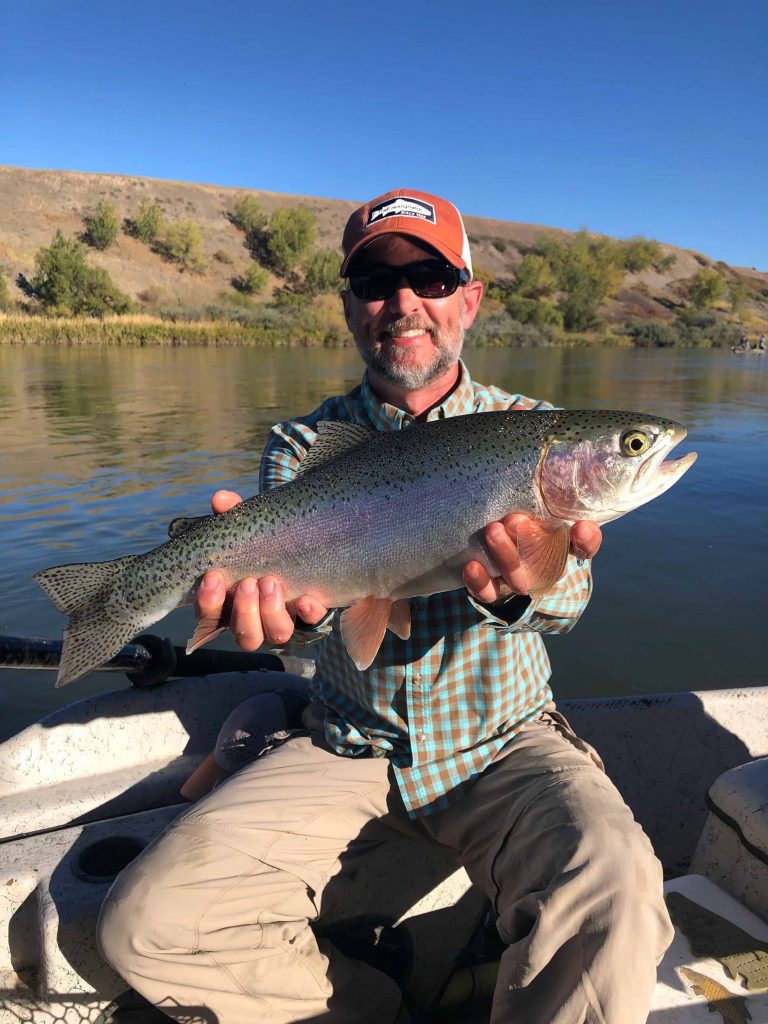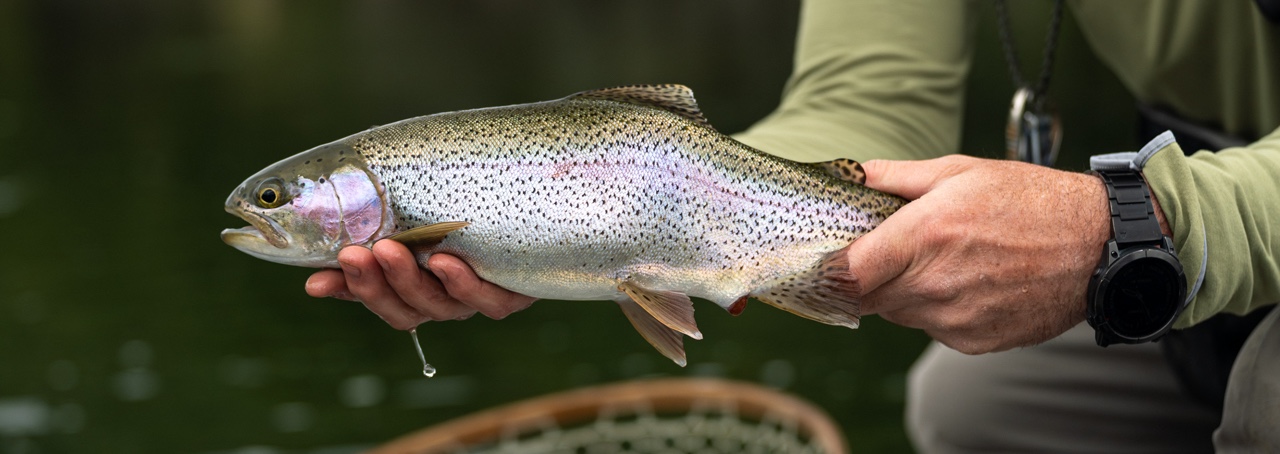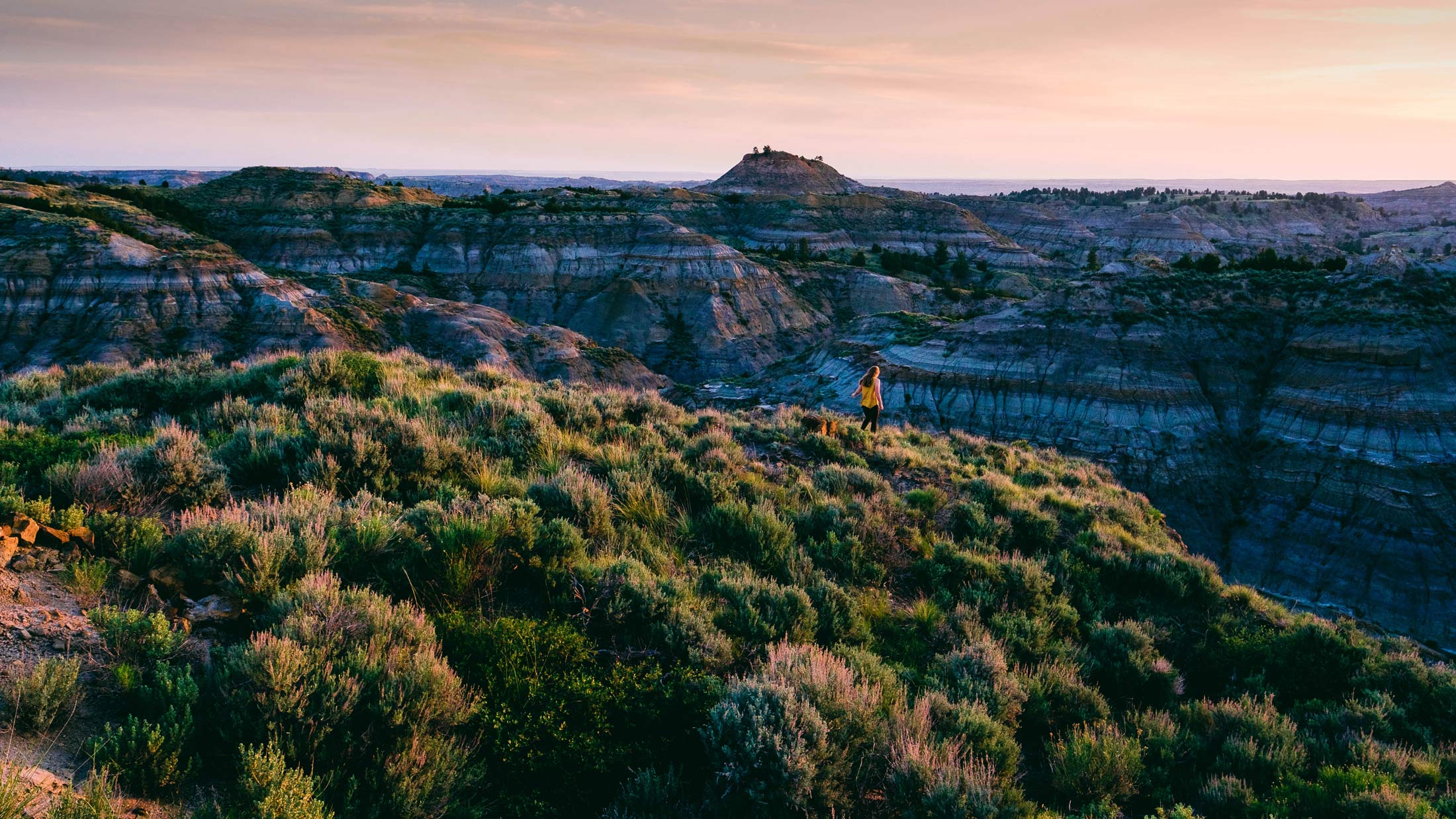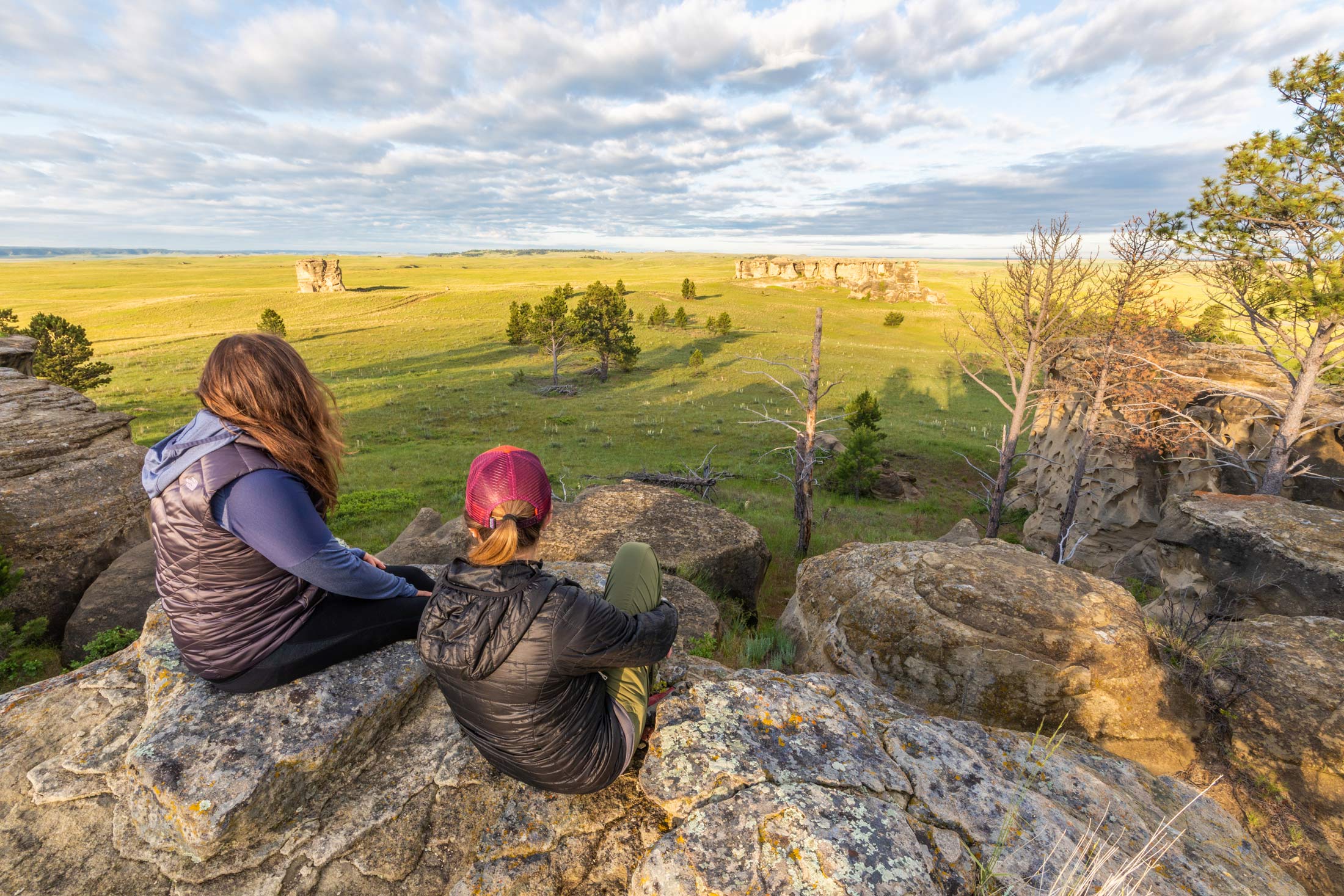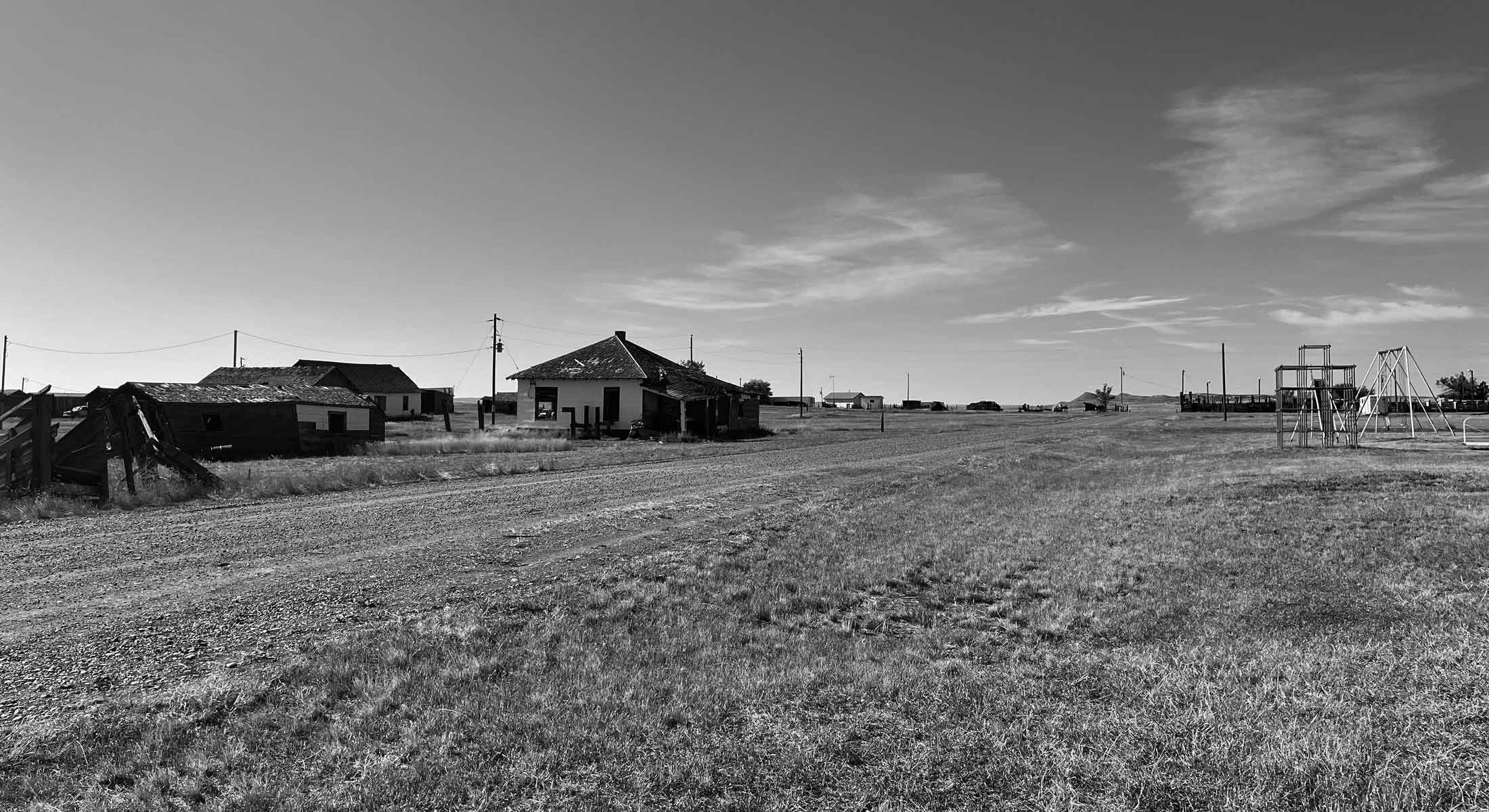As the temperatures cool down, the fishing in Southeast Montana is heating up. The Bighorn River, a tributary of the Yellowstone, is often ranked among the best trout streams in the lower 48 states. Anglers will find healthy populations of brown and rainbow trout in its clear, cool waters.
Beyond the fishing, the setting is part of the experience—mountain views to the west, open prairie to the east, and the peaceful rhythm of the river in between.
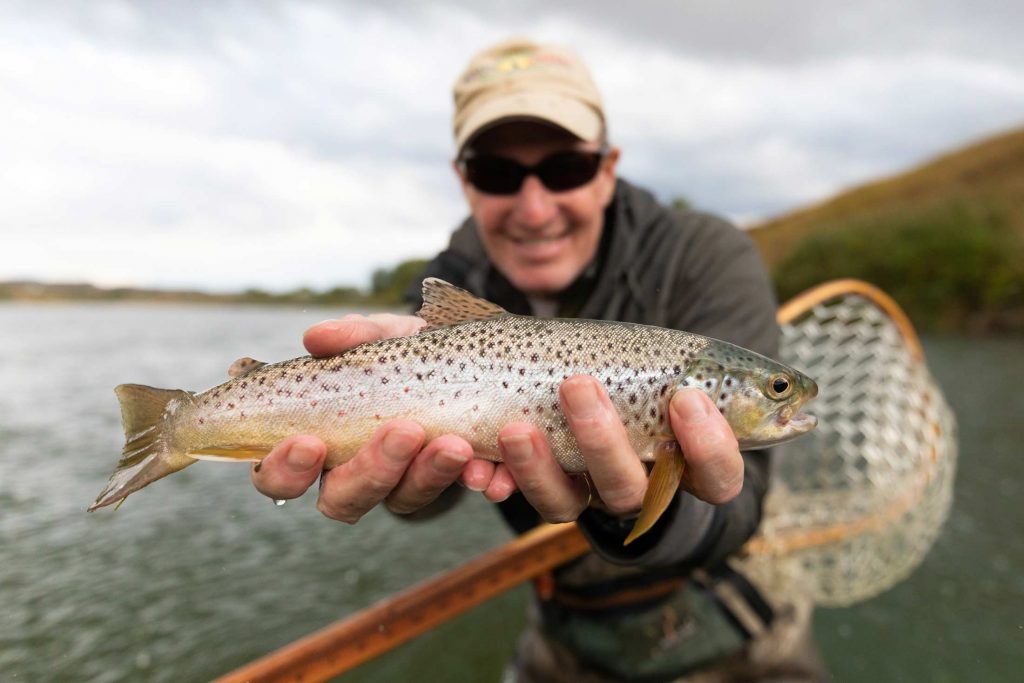
Best Time of Year
Fishing year-round in Montana isn’t for the faint of heart, but thankfully braving the cold waters of the winter isn’t necessary to test your luck on the waters out here. Most agree – late summer and early fall is the best time to catch fish on the Bighorn River. This time of year offers a look at the beauty of the changing colors on the landscape – both on the prairies and in the mountains.
For the more experienced and adventurous types, the Bighorn River can be tackled in the colder months because it doesn’t ice over. However, if you’re heading out in the winter, be prepared for cold weather and changing conditions including variable wind.
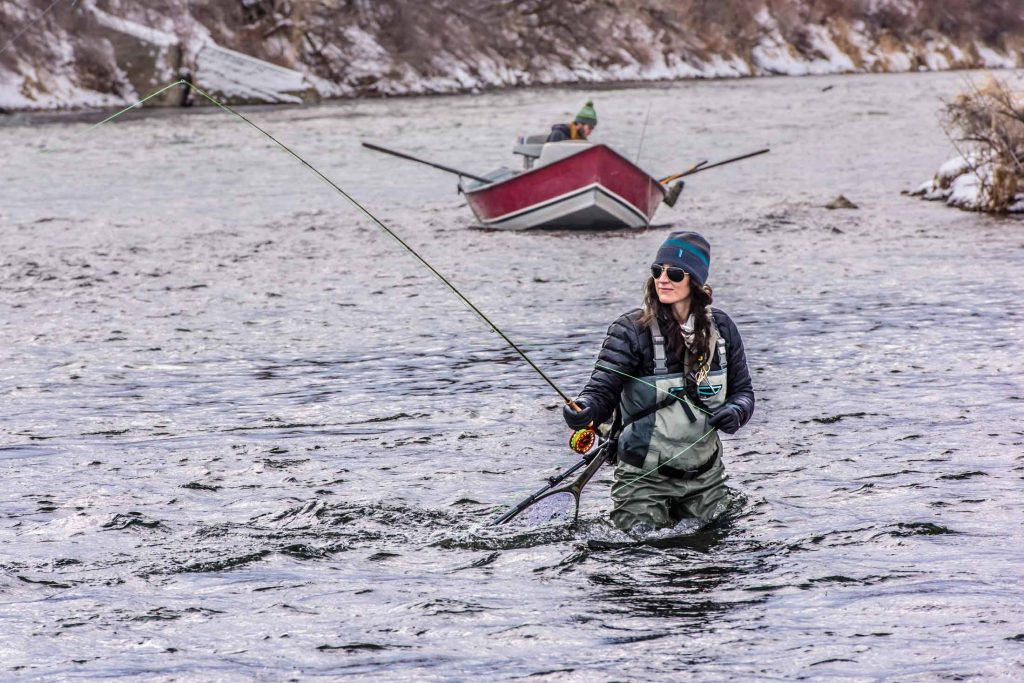
This best-kept secret hasn’t always been the oasis it is today. Changes to the river in the last century created this fisherman’s sanctuary.
Yellowtail Dam
After centuries of flooding, several studies were done in the early 1900s on the damming of the river. It was finally decided to build a dam that would stand 525 feet tall. Construction began in 1961 to temporarily reroute the river. The first batch of concrete was poured in 1963, and the project was completed in 1967. The Yellowtail Dam is named after Robert Yellowtail, a former chairman of the Crow Tribe, who was opposed to the project.
The dam was dedicated in 1968, the same year the Bighorn National Canyon Recreation Area was designated. It encompasses the 71-mile long lake created as a result of the dam. Known locally as “Yellowtail,” Bighorn Lake straddles the Montana-Wyoming border with access in both states. The recreation area is managed today by the National Park Service.
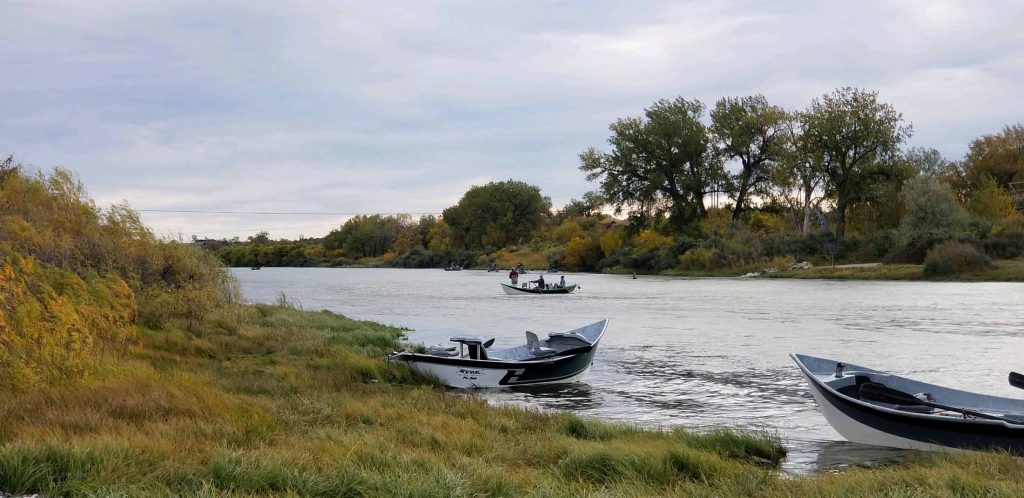
Public Access
While more than 12,000 acres of land was acquired for the project from the Crow Tribe, agreements were made to assure the tribe and private landowners would still control the surrounding land.
As such, there are three points of public access on the upper 13 miles of river below Yellowtail Dam: Afterbay, 3 Mile (Lind Ranch) and 13 Mile (Bighorn Access). The National Park Service manages the Afterbay and 3 Mile access points, and Montana Fish, Wildlife & Parks manages the Bighorn Public Access Site. Put your drift boat in at any of these sites and navigate the dozen-plus miles of river looking for your catch. Or, if wading is more your style, take your chances walking up and down the river, making sure to stay below the high water mark.
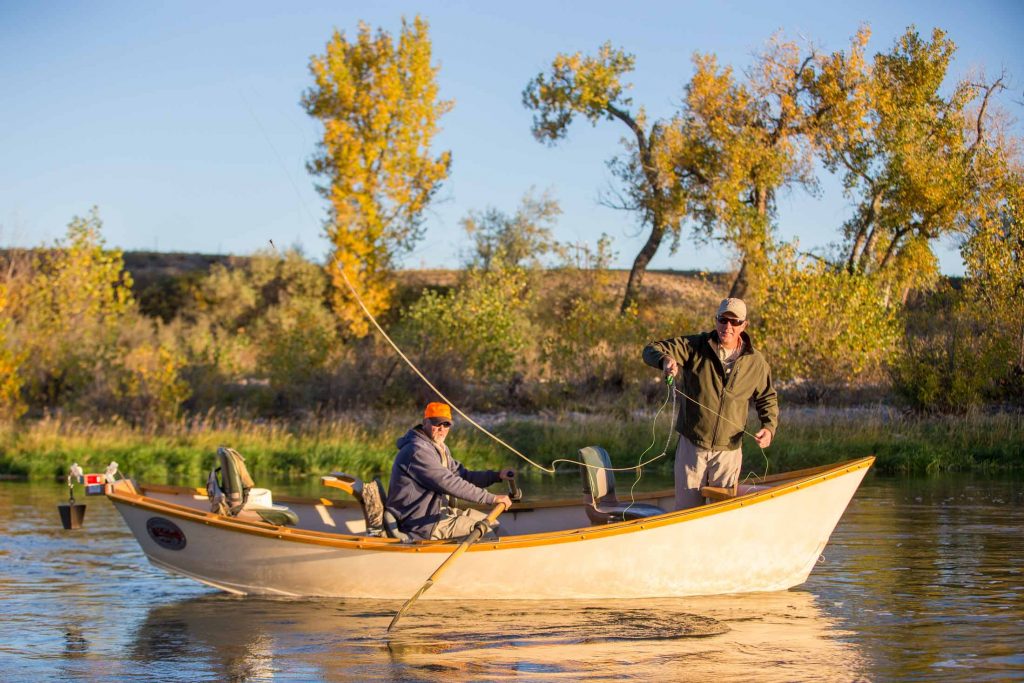
Almost all of the land surrounding the river in this area is private, including much that is owned by the Crow Tribe. Shoreline access is available in a limited capacity at the three public access points. Visitors are asked to avoid trespassing by staying below the high-water mark in all locations.
Find more information on best fishing practices and regulations on the National Park Service’s website. You can also find information on fishing through Montana’s Fish, Wildlife & Parks here.
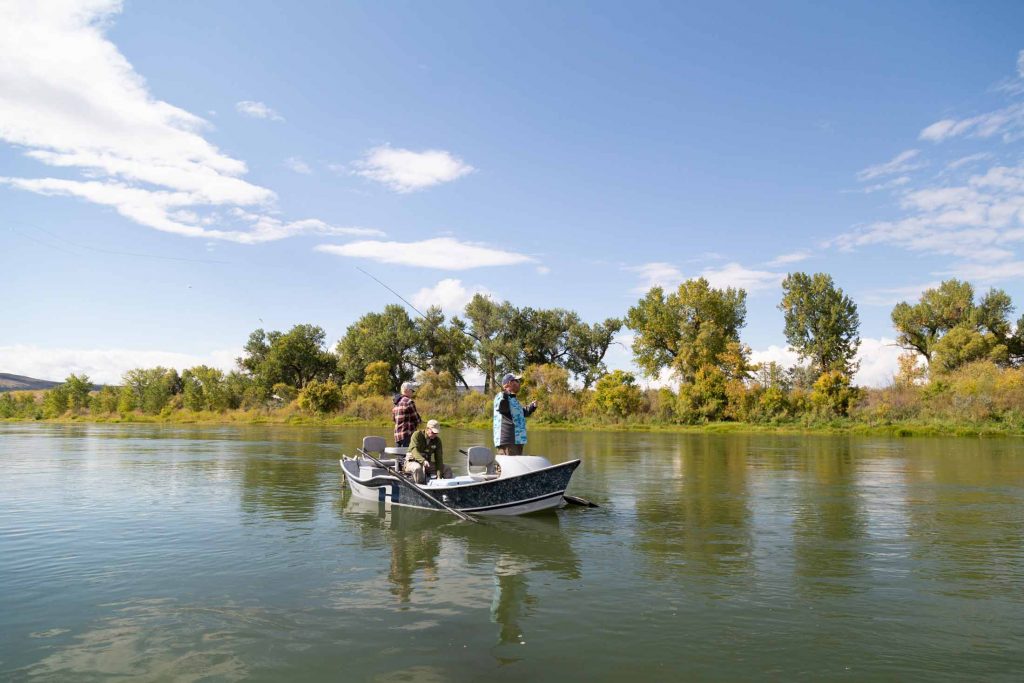
Guides and Outfitters
Now that you’re ready to test your luck fishing the Bighorn River – planning your trip is the next step. If you’re looking for a little help during your expedition, there are plenty of Guides and Outfitters in the area with years of experience to share. If you’re heading out here to wade the waters on your own, we suggest lodging options in Hardin, which is about 30 minutes away, or Billings, which is a little over an hour’s drive. Find the perfect spot to rest your head here.
For those wanting to adventure out on your own, seasonal camping is also an option. Try one of the National Park Service campgrounds, or Cottonwood Camp. There are also options to rent boats to hit the waters.
